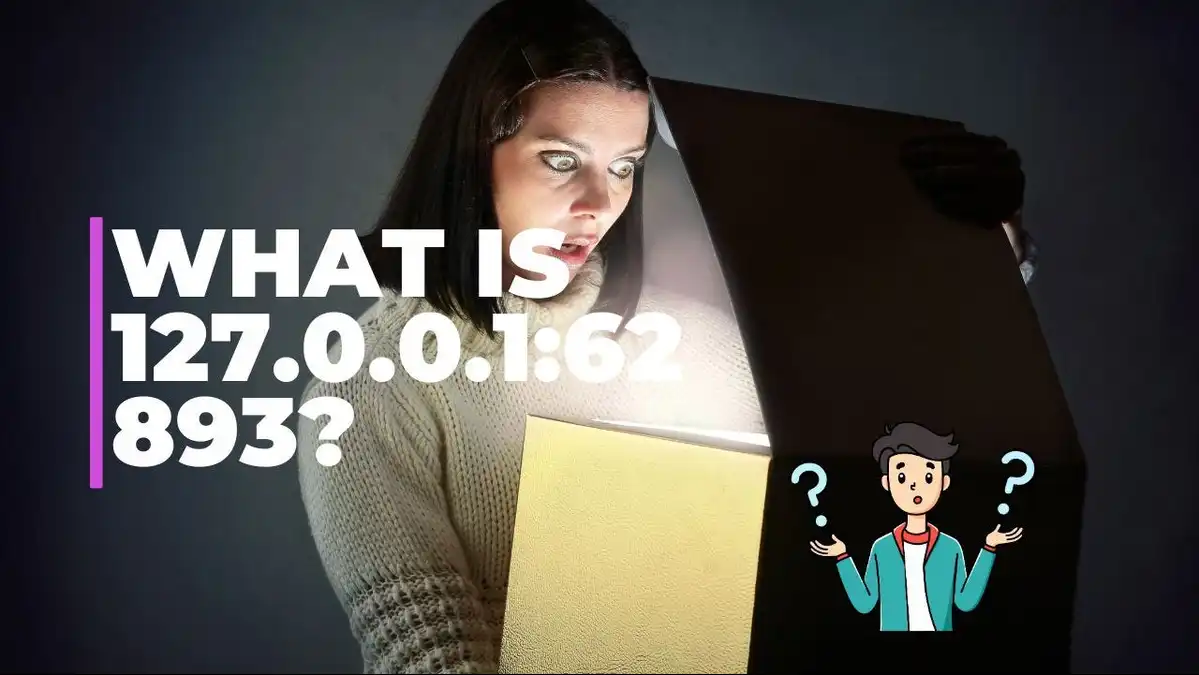Introduction to the concept of 127.0.0.1:62893
Imagine a world where coding is as straightforward as it gets. A realm where numbers like 1 hold immense power, guiding developers toward simplicity and efficiency. Enter the intriguing address of 127.0.0.1:62893—a gateway to understanding how even the smallest elements can drastically change your development game.
This seemingly innocuous string represents so much more than just an IP address; it embodies a philosophy many developers often overlook—the beauty of simplicity in coding practices. Join us on this journey as we unravel the significance of 127.0.0.1:62893 and explore its potential to transform your projects and your approach to software development itself!
Understanding the significance of 1 in coding and development
The number 1 holds a unique place in coding and development. It symbolizes unity, simplicity, and the foundation of all computing processes.
In many programming languages, one often represents truth in boolean logic. It’s essential for decision-making structures like if statements or loops, and without it, code would lose clarity.
Additionally, 1 is a building block in data structures. Arrays start with index zero but often utilize one as a key reference point for counting elements.
Moreover, developers frequently use “one” when considering efficiency. Writing succinct code can lead to faster execution times and better overall performance.
Understanding this significance empowers developers to write cleaner code and optimize applications effectively. The elegance of using just one character or element can have profound implications on functionality while maintaining readability.
The power of simplicity in coding with 1
Simplicity is often the unsung hero in coding. When developers embrace the number 1, they tap into a world of clarity and efficiency.
Using one as a base unit can streamline operations. It reduces complexity, making code easier to read and maintain. For instance, think about loops or conditionals that rely on binary choices—true or false, yes or no. Here, one serves as an anchor point for decision-making.
Moreover, one-line solutions can dramatically reduce clutter. A simple function returning just one value is far more manageable than multiple outputs vying for attention.
This minimalist approach also encourages creativity. Developers are prompted to find innovative ways to solve problems without getting lost in intricate logic paths. By focusing on what truly matters—like that single digit—they pave the way for elegant programming practices that resonate across all projects.
Creative ways developers can utilize 1 in their projects
One stands as a powerful symbol in coding. Its simplicity can drive innovation and creativity for developers.
Using one as a unique identifier is an effective strategy. It helps streamline database entries or user sessions. This minimalistic approach ensures clarity without the clutter of excessive data points.
In web development, applying 1 in responsive design proves beneficial. A single unit can represent proportions in CSS grids, enhancing layout control while maintaining visual appeal.
Gamers will appreciate leveraging 1 to track score systems efficiently. With straightforward numeric values, developers can create engaging leaderboards that inspire competition among players.
Are you considering configuration files? Utilizing just one value simplifies settings management. Developers can easily toggle features on or off without complicated scripts slowing them down.
With these creative applications, the power of 1 transcends mere numbers—it’s about embracing simplicity while fostering innovation across diverse projects.
Common misconceptions about 127.0.0.1:62893 and how to overcome them
Many developers need clarification about 127.0.0.1:62893, often mistaking it for a complex tool reserved for experts only. In reality, it’s simply a loopback address associated with localhost.
Another common myth is that using this port can lead to security vulnerabilities. As long as you maintain proper coding practices and manage your network configuration wisely, 127.0.0.1:62893 remains secure.
Some believe working with local hosts limits collaboration or connection capabilities in software development projects. This isn’t the case; developers can easily emulate server environments without external dependencies while leveraging this address.
Education and hands-on practice are key to overcoming these misconceptions. Developers should experiment with different applications on their local servers to gain confidence in effectively utilizing 127.0.0.1:62893 within their workflows.
How 127.0.0.1:62893 can improve efficiency and streamline development processes
Embracing the utility of 127.0.0.1:62893 can have profound implications for development workflows. By utilizing this local address, developers can create a safe environment to test and debug applications without the risk of external interference or exposure.
This localhost setup allows for rapid iteration cycles, as changes are reflected instantly in a controlled setting. Developers no longer need to worry about network latency or connectivity issues; everything happens on their machine.
Moreover, harnessing the power of this specific port number opens doors for enhanced collaboration among team members. Multiple developers can work simultaneously on different aspects of an application, all while maintaining individual testing environments tailored to their needs.
By streamlining processes through better organization and reduced complexity, teams leveraging 127.0.0.1:62893 experience fewer bottlenecks and quicker deployment times. The simplicity it brings enhances productivity and fosters innovation by allowing experimentation without fear of failure.
Integrating this concept into daily development practices equips teams with tools that encourage efficiency, ultimately leading to higher-quality project outputs.
